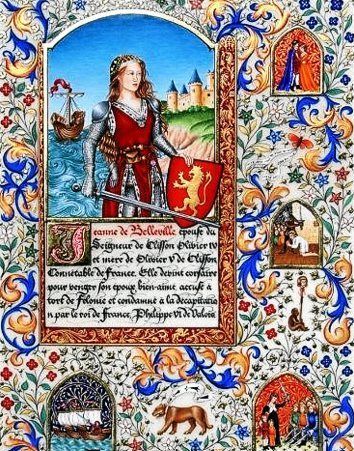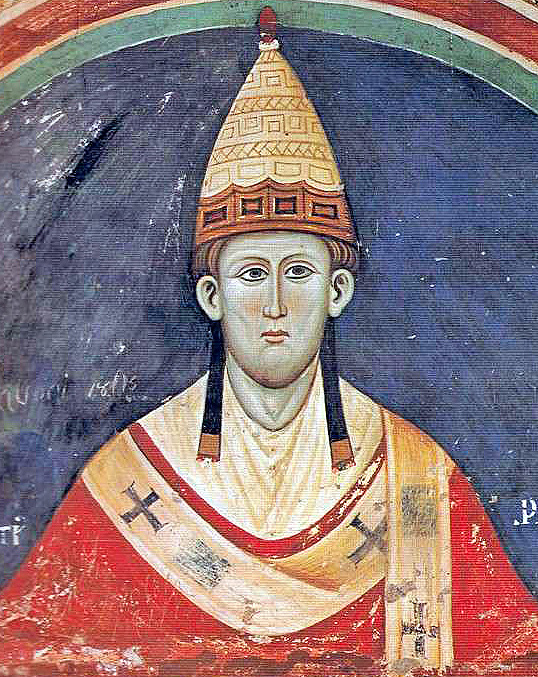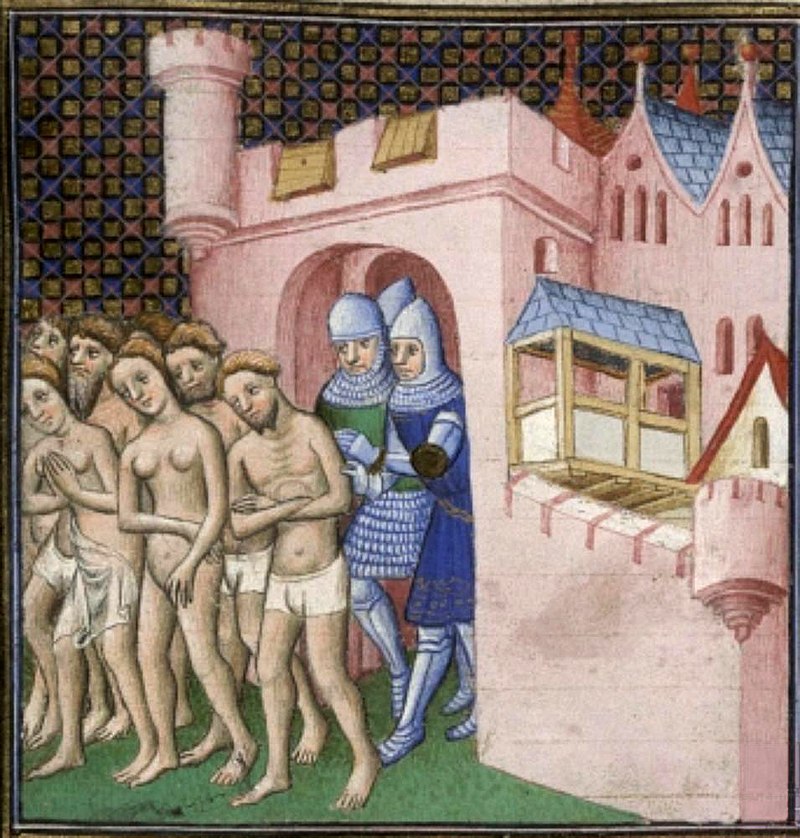
I think one of the reasons why Swiss were so impressive and looked invincible at the height of their power in 15th and early 16th century is because their fighting style looked very beatable, in theory. This made their opponents do the same mistake again and again... (thread) 



The Swiss relied on their pikemen supported by other pole weapons and some crossbowmen and gunners. They were a pretty one-dimensional army in that regard. A "one trick pony"? Yes, but the one who does that trick insanely good and in fact much better than the opponent expects! 


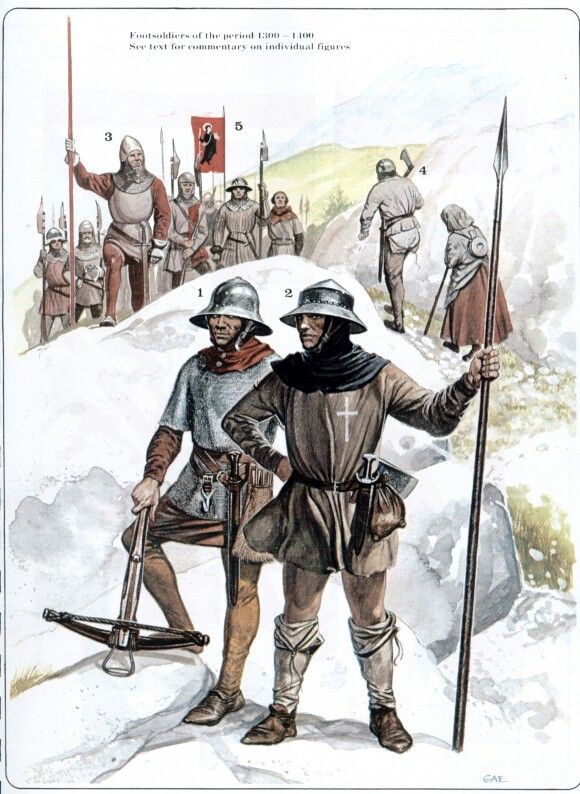
Starting with the mighty Burgundian army, the Swiss foes made the mistake of thinking they could finesse their way to beat the Swiss by using a tactical approach that looked clever on paper, but always seemed to fail horribly when they actually faced the Swiss on the battlefield. 


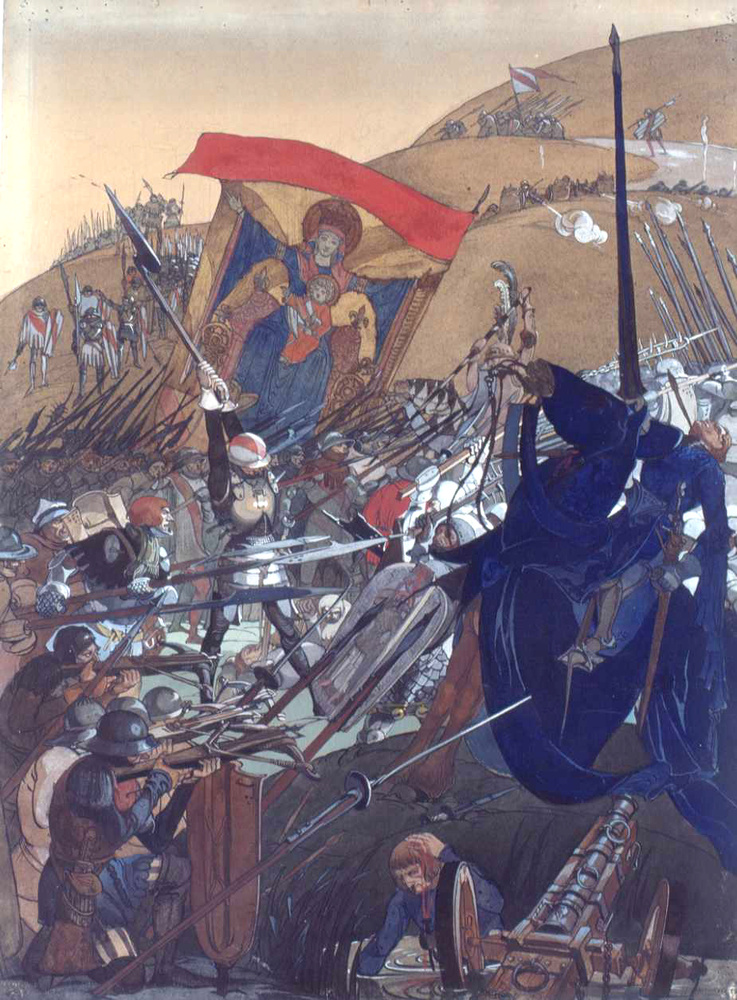
Even today, in discussion about hypothetical battles, people imagine that Swiss pikemen could be countered by archer-heavy medieval or even pre-medieval armies, or by tactically more diverse armies like the Romans dealt with Macedonian phallanx by flanking it. 



But look at the Burgundian wars (1474-1477). The Burgundian army was the most modernized and well organized army at the time, they had everything. A lot of archers and crossbowmen, a diverse and lethal cavalry, they used gunpowder and early cannons, and they even had their pikes. 

So the Burgundian army had plenty of tools to use, and plenty of theoretical tactical approaches to beat the one-dimensional Swiss. Now people might blame their brash leader Charles the Bold, but he generally had the right idea what to do, it's just that he couldn't execute it. 

Every time the Burgundians and the Swiss met on the battlefield, the Swiss always managed to catch Burgundians off-guard, swarmed them and dragged them into a dogfight which they won with their insane determination and ferocity. The Burgundians never had a chance to fully deploy. 

I think this can be compared to boxing: if you're a tactical fighter and you see another boxer doing well by using very one-dimensional attributes like speed or power and you think you'd easily finesse around it with a disciplined gameplan, jabbing and moving around a lot...
...But then once you get in the ring with this guy, you see that his punches are much quicker and/or stronger than you expected, and most importantly he's determined and won't yield easily. Suddenly, you realize you're in a real dogfight and you have to fight fire with fire.
With the Swiss it was a lot like that. It seems that all of their enemies were surprised at just how quickly and ferociously the Swiss charged at them, how they didn't back off when faced with adversity, and just came to kill and destroy by breaking the enemy's will completely. 

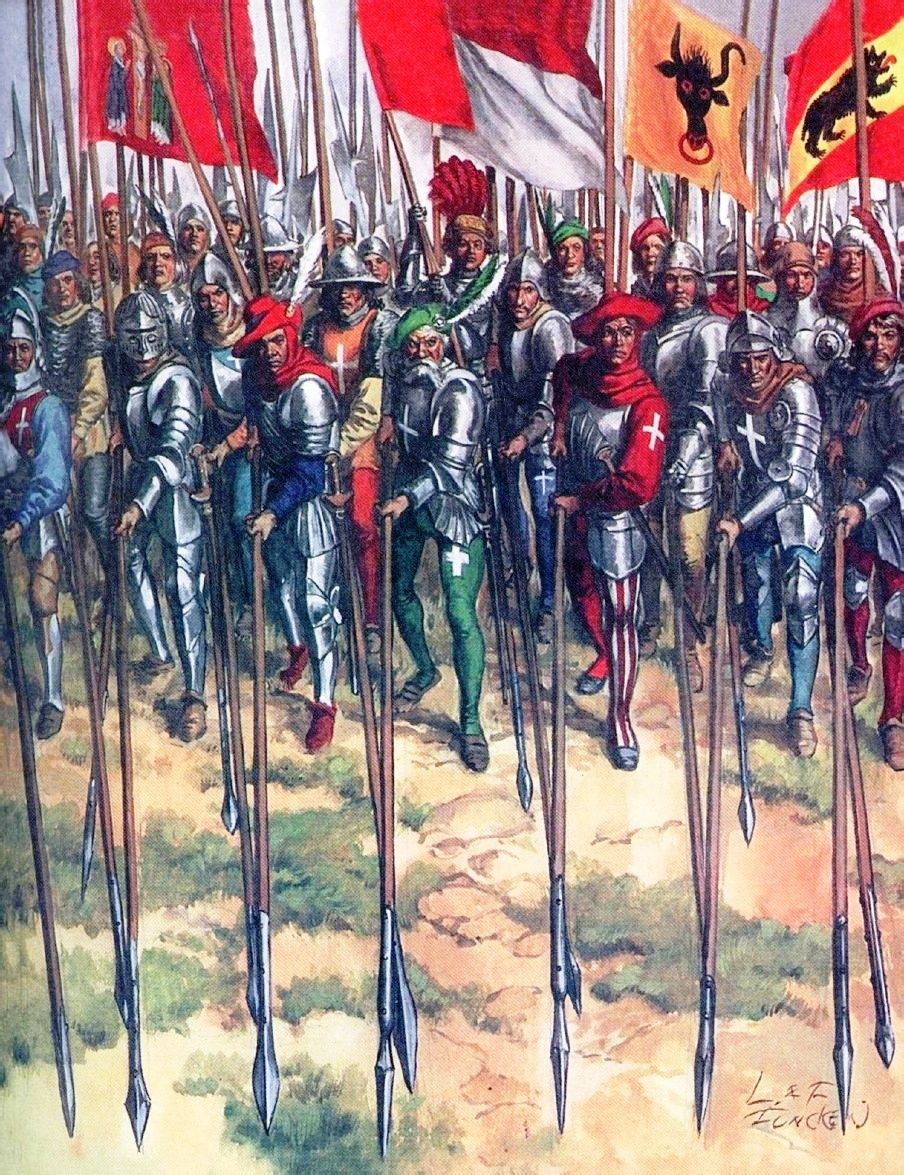

This happened to French at Novara in 1513. They had everything, cannons, their famed heavy cavalry, arquebuses, crossbows and their own pikemen Landsknecht mercenaries. But the Swiss just swarmed them with insane infantry charge, caught them off guard and destroyed them. 

The Swiss at Novara had basically only infantry, and used their predictable tactic of pikemen charging the enemy in quick and disciplined way. Yet the French with their modernized tactically diverse army simply could not stop it. The Swiss were simply too good at what they did. 

So how were the Swiss eventually beaten? Well their enemies realized that to beat the Swiss, you need to fight fire with fire and bring the fight to them. They realized there was no way to tactically finesse around it and avoid the eventual Swiss onslaught. 



That's because the Swiss would simply march on even if they faced huge casualties. Their warrior spirit was unmatched and their foes learned that they needed to learn how to match it. The French at Marignano in 1515 and Landsknechts under Frundsberg command finally managed that. 



Now by matching the Swiss I don't mean necessarily becoming an equal or even better than Swiss at what they did the best in Europe over night, but to be good enough to sustain the pressure long enough until the tactical superiority of your army would eventually lead to victory. 

At Marignano, the French did just that. They were mentally ready for the brutal grueling two day long battle and held their line under pressure until Venetian reinforcements finally tipped the battle in their favor. 

The Landsknechts famously imitated the Swiss and eventually reached their level too. Especially under the charismatic leader Frundsberg they were more than willing to engage the Swiss at pike warfare and did not fold under pressure like so many did in front of feared Swiss. 

The Swiss really made other European armies raise their level in terms of infantry fighting spirit and discipline. They showed that if you didn't have the true warrior spirit, no tactics or technology would save you in renaissance warfare! 

The Swiss, as an individual force that could solely decide battles, were also stopped by the rise of gunpowder. The rise of pike and shot tactics meant that the Swiss would suffer too much casualties advancing at enemy lines without proper backing and tactics. 

This famously happened at Bicocca in 1522 where the Spanish-Imperial army used an ultra-defensive approach and decimated the advancing Swiss, who despite this still marched towards the enemy, but were too weakened to overcome them by the time they reached them. 

So this is how the Swiss went from being the undisputed top dogs of European open battlefields to becoming just one among many elite units that needed to be complimented by the right army composition and tactics. But their legendary fighting spirit was never forgotten! 

• • •
Missing some Tweet in this thread? You can try to
force a refresh






